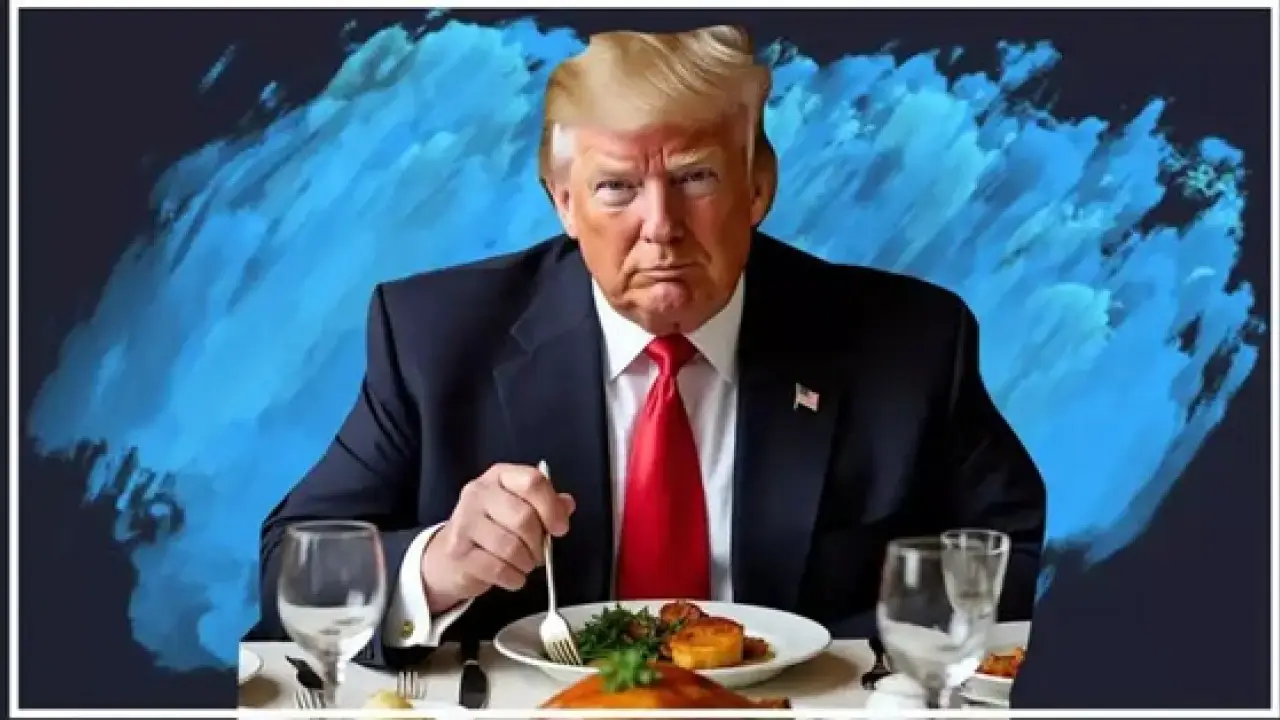
Trump Tariff (Social Media)
National News: During his second term in office, U.S. President Donald Trump launched a wave of aggressive tariff policies that have disrupted international trade. Under the banner of "Make America Great Again," the Trump administration levied steep import taxes on several countries. While intended to protect domestic industries, these measures have triggered inflation within the U.S. and created economic tension for key trade partners such as India.
The United States is highly reliant on foreign imports to meet basic consumer needs—from agricultural goods to energy resources. However, the imposition of elevated import duties has not only raised costs within the country but has also unsettled global supply chains and diplomatic trade relations.
Country Tariff Rate Goods Imported by the U.S.
Canada 35% Grains, seafood, meat, maple syrup
Mexico 25% Tomatoes, avocados, onions, strawberries, sugar
Brazil 50% Orange juice
China 30% (down from 145%) Frozen fish, apple juice
Australia 10% Lamb
Thailand 19% Rice
Switzerland 39% Coffee (roasted)
Italy 15% Cheese, olive oil, processed meats
Vietnam 20% Black pepper, cashews
India’s seafood exports have come under strain following a 25% tariff imposed by the U.S. on frozen shrimp — one of India’s key exports. In fiscal year 2023–24, India shipped shrimp worth approximately $2.7 billion to the American market. This sudden increase in import duty is expected to severely impact India's coastal economies, affecting both jobs and revenue in the seafood industry.
Moreover, Washington has signaled its intention to impose additional duties on crude oil purchases from Russia—a move that could further complicate India-U.S. trade ties.
A vast portion of America’s food basket—including fruits, vegetables, dairy, meats, and grains—is imported from overseas. The new tariffs are likely to cause:
While American manufacturers might see a temporary competitive edge due to reduced foreign competition, experts caution that:
Opinions on the Trump administration’s protectionist policies are divided.
Some analysts argue the tariffs aim to strengthen domestic production. Others believe the measures are politically driven and may end up backfiring by increasing consumer costs and disrupting international partnerships.
India, among others, faces the dual challenge of reduced export earnings and potential job losses in key sectors like agriculture and fisheries.
Trump’s tariff policy may have been designed to revive local industries, but its ripple effects are being felt globally. As major trade partners begin reconsidering their alliances and supply routes, the future of global trade dynamics could shift—placing America’s leadership role in a more contested space.





Copyright © 2025 Top Indian News
